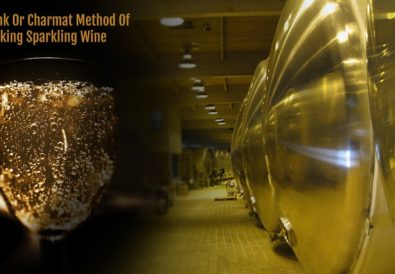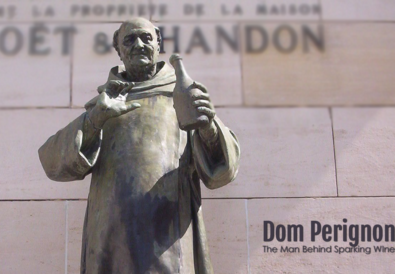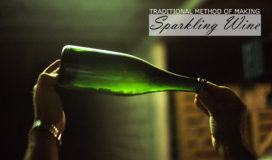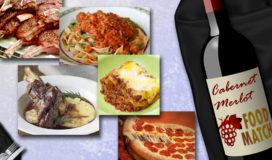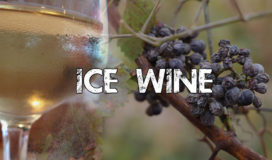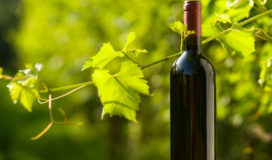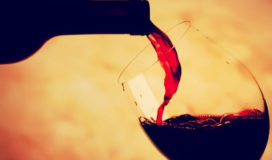A type of alcoholic beverage made from the juice of fermented grapes or other fruits is known as wine. Although it’s mainly the grapes that are used for wine production, at times there are other herbs and fruits as well that go into the making of wines. Well, no matter what fruit it is, it is mandatory for the fruit juice to go through the process of fermentation – wherein the sugar in the fruit is converted into alcohol. Owing to discrete types of grapes and yeasts, there are several styles of wines. Speaking of which, from red wines to white ones and dessert wines to sparkling wines, wine exists in many a style.
It’s not known to many people that the celebrated Champagne is a type of wine and does not belong to any other category of spirits or tipples. This is why they often are curious to acquaint themselves with the champagne vs wine debate. This blog is certainly going to answer your questions surrounding the same. Keep on reading!
Styles of Wines:
Red Wines – Inarguably the most famous of the lot, red wines are made from red grapes and owe their red colour to the tannins present in them. Merlot, Pinot Noir, Shiraz and Cabernet Sauvignon, to name a few, are common red wine varietals.
White Wines – While tannins play a pivotal role in the production of red wines, the backbone of white wines is acidity. Having said that, white wines do contain tannins but in a very meagre amount. Some of the popular examples of whites include Sauvignon Blanc, Pinot Gris, Chardonnay and Riesling.
Rosé Wines – Also known as blush wines, courtesy of their pretty pink colour, rosé wines are surely made using red grapes but are softer. These wines are light-bodied and possess a very low amount of tannins. Rosé wines remain in contact with the red grape skin for a very short period during the fermentation process and thus, they flaunt the pink hue. White Zinfandel is a great example of the same.
Dessert Wines – Also referred to as fortified wines, dessert wines do full justice to their name. They are served as digestifs right after a meal, just like desserts. These wines taste sweeter than an average white or red wine and to maintain sugar levels in them, dessert wines are often fortified with high alcoholic content beverages like brandy. Some examples of Dessert Wines are Icewine and Moscato.
Sparkling Wines – Every wine containing bubbles falls into the category of sparkling wines. Also fondly called bubbly wines, and rightly so, these wines tend to sparkle due to carbonation either achieved by injecting carbon dioxide or by the natural process of yeast fermentation in an airtight bottle. Bubbles in these wines act like little brooms; they cleanse the tongue and palate or, rather should say, the entire mouth. And, not to mention their high acidity levels that altogether make them refreshing. When it comes to sparkling wines, the more money you spend, the better the wine will taste.
Styles of Sparkling Wines:
No wonder celebrations of all sorts call for Sparkling Wines, thanks to their bubbly nature. Let us dig further into the different styles of sparkling wines and their ideal food matches to wrap our minds better around the debate on sparkling wine vs champagne.
Dry Styles – The dry style of sparkling wines is very versatile and is used as a palate-cleansing aperitif, particularly when there are strong, creamy or salty finger nibbles to give them company. Sparkling wines are generally made using three traditional grape varieties, namely Pinot Noir, Pinot Meunier and Chardonnay. However, their percentage varies in each type of bubbly wine.
Food Matches
Sparkling wine goes immensely well with sashimi and soy, cured or fresh smoked salmon, tapenade, tempura, herbs like coriander and basil, lobster simmered in sake, oysters, wasabi, salmon roe, fish cakes, parmesan cheese, prawns, and even chilli.
Mid-sweet Styles – As Champagne belongs to the Champagne region of France, Asti Spumante is a sparkling wine of mid-sweet style and comes from the Asti region in Italy. The wine has low Alcohol By Volume (ABV) of 8% and comes across as strongly grapey. Champagne initially would taste quite sweet, but as palates have evolved, less sugar is added now. Having said that, there still exists a couple of quality and moderately sweet sparkling wines and Champagnes, like Chandon Cuvee Riche.
Food Matches
These delightful, refreshing and fun wines generally do not demand serious food. Instead, they are to be sipped on summer noon in the backyard along with ripe peaches.
Very Sweet Styles – Most of the Carbonated Pop Wines and Spumantes from Australia are too sweet and cater to a specific section of wine lovers.
Food Matches
Either perfect for social drinking or with some desserts, sparkling wines with very sweet styles are not meant to go with your regular food. Pair the Passion Pop with vanilla ice cream, and rest assured it’s going to rule your palate forever.
As you’ve made it so far, you must have understood that wine is a broad category of alcoholic beverages and features different styles, including sparkling wines. When it comes to sparkling wines, people often confuse them with Champagne. Since we’re talking about bubbly wines, allow us to burst your bubble (pun intended). All Champagne is sparkling wine, but not all Sparkling Wine is Champagne. Still, scratching your head? Let us enlighten you more!
Celebrating Champagne:
A Sparkling Wine qualifies for Champagne only when it’s from the Champagne region of France. Pronounced as “sham pain”, this sparkling white wine is light-bodied and demonstrates high acidity. Citrus, white cherry, toast, almond and peach are the flavours that dominate the palate. Champagne is best enjoyed when served ice-cold in a Flute or White wine glass. Generally, it has a cellaring potential of up to 10 years.
Champagne is made with three grape varieties, which are:
- Pinot Noir – Responsible for red and orange fruit flavours
- Pinot Meunier – Provides richness and adds yellow apple flavours
- Chardonnay – Contributes citrus and marzipan flavours.
European wines are mostly named after the regions, unlike their non-European counterparts, which are classified by grape. There are strict rules when champagne making is involved. For instance, all grapes that are to be used must be handpicked. Also, Champagne has a particular method for making its bubbles, and it is religiously followed in the Champagne region for the wine to be eligible as Champagne. More than 90% of Champagne is made in the brut style – with less than a half gram of sugar per glass.
Well, to be able to make it through this whole lot of information certainly calls for a bottle of Champagne! Phew!



